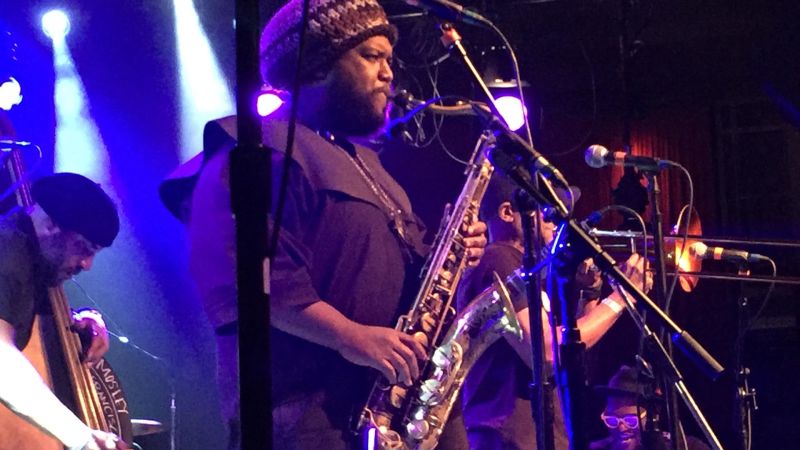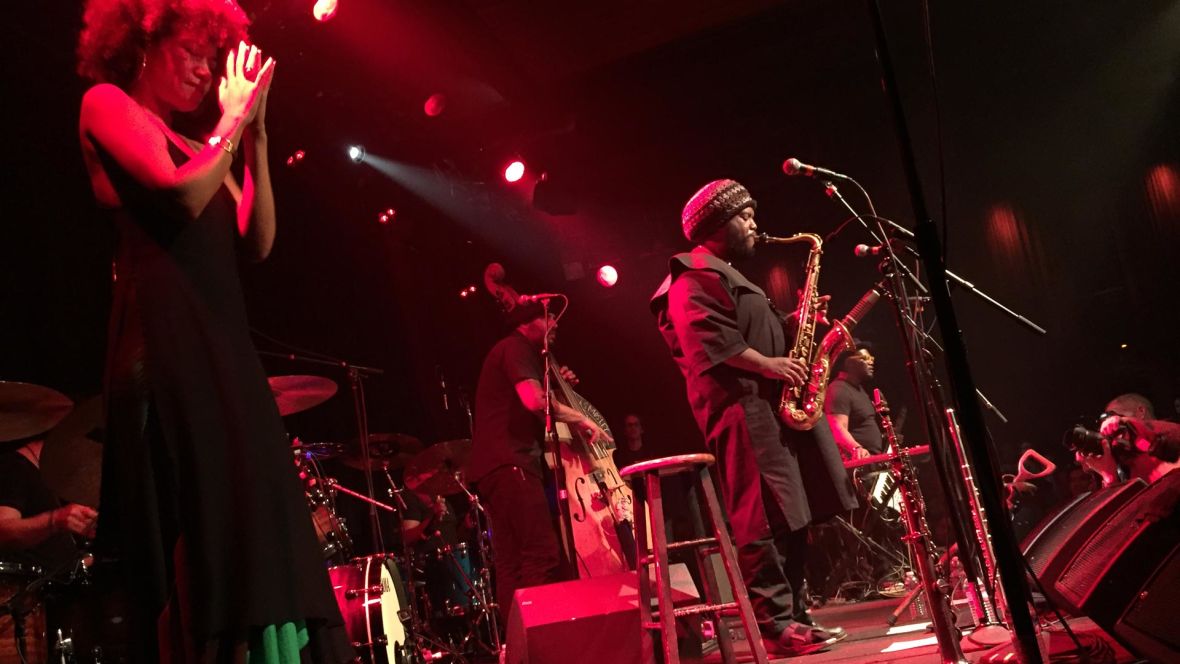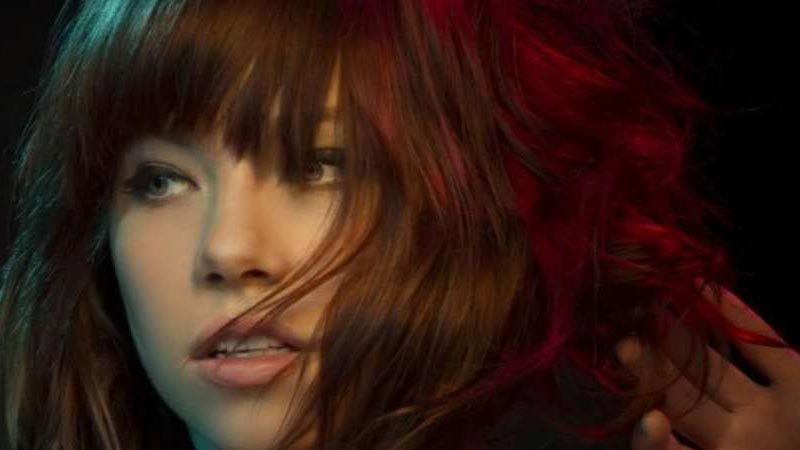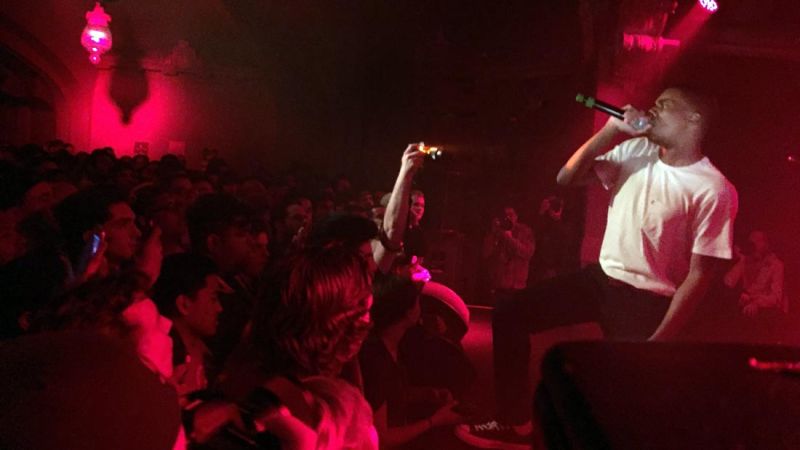Okay, so maybe the Noise Pop show to see this year really was Drive Like Jehu? At least, if you accept the word of the band’s rabid fan base as law. “OMG BEST SHOW EVER,” “Nobody comes close – Jehu is God” and “Drive Like Jehu!! So amazing!!!” are three real status updates from my own social media feed.
But you can only go to so many shows, especially when Prince decides to crash the Noise Pop party with a last-minute show in Oakland. This year we also strongly welcomed the long-running festival’s branching out into jazz and hip-hop, as well as booking female-fronted acts when other festivals still seem clueless on the concept.
So here’s to Noise Pop’s three major shows that weren’t four white guys with guitars: namely, Kamasi Washington at the Independent, Carly Rae Jepsen at the Warfield, and Vince Staples at the Social Hall SF.

Kamasi Washington: What Jazz Needs Right Now
It wasn’t just that within the first 10 minutes of Kamasi Washington’s set, I already wished that my family and friends and everyone I loved were with me, experiencing the same transcendence. It wasn’t just the series of climaxes reached by Washington’s eight-piece band, or the ceiling parting and rays of holy light shining down. It wasn’t just the feeling of family, literal and otherwise, on the stage, or the evident decades of shared experience among the players.
No, it was the fact that Kamasi Washington was playing to his new crowd, which is to say a new-to-jazz crowd, one that discovered his latest album The Epic through his association with Kendrick Lamar, or through indie-rock blogs, or through the electronic-heavy imprimatur of Brainfeeder Records. The jazz establishment tends to view Washington’s music as a stylistic retread of spiritual jazz, and that’s true; The Epic essentially sounds like an Impulse Records album from the early 1970s. But if that same establishment could understand what Washington is doing for jazz, they might stop endlessly wringing their hands over how to attract a new generation to an art form perennially declared to be dying.




